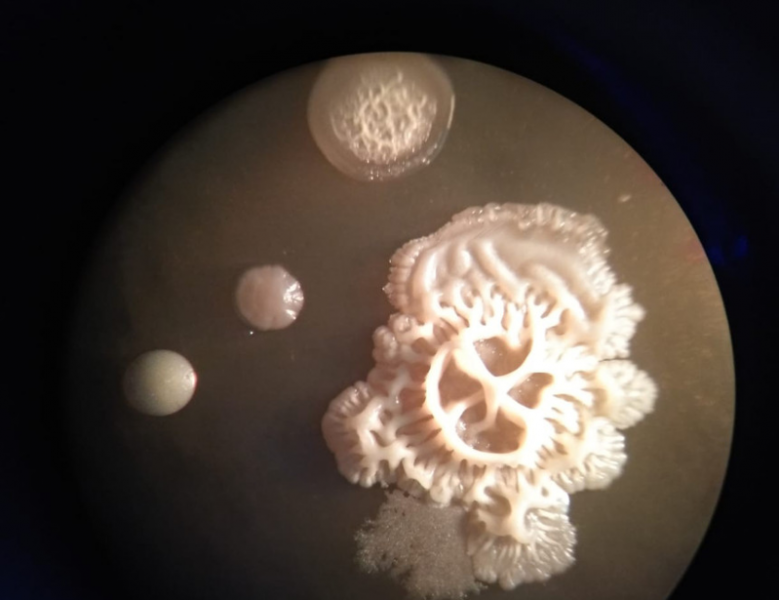
Tatyana Minkina / Press Service of the Russian Science Foundation
A new study by Russian scientists has shown that copper contamination reduces the activity of soil enzymes and diminishes the diversity of microorganisms. The results are published in the journal Environmental Geochemistry and Health.
Soil contamination with heavy metals is the most common consequence of human activity. Harmful substances accumulate in soils, water bodies and living organisms, and can also be transmitted to humans. Copper is one of the most common pollutants. A research team from the Southern Federal University evaluated the effect of this metal on the quality of organic matter formed in the soil after the decomposition of plant and animal tissues. In addition, scientists examined changes in the activity of enzymes and the microbial composition of the soil, which was exposed to emissions from industrial enterprises. The first sample was taken from the contaminated area. The second sample was taken already at a distance of two kilometers from it.
Researchers have determined the amount of humic and fulvic acids, which are the main components of soil organic matter. It turned out that there were almost one and a half times more free organic acids in the territories exposed to anthropogenic impact. Therefore, the scientists concluded, copper forms more mobile compounds in contaminated areas. The team then raised the microorganisms from the samples on a nutrient medium. It turned out that in soils with a high copper content, the number of bacteria decreased by more than ten times. In addition, the activity of enzymes decreased, with the help of which they obtain the substances necessary for life from the soil. Such changes in the microbial composition can lead to disruption of the balance of the whole ecosystem and the cycle of substances in it.
“Our research has shown that an increase in the content of easily oxidizable organic compounds in the soil, as well as a decrease in the activity of enzymes and the number of microorganisms, can be a sign of contamination with heavy metals. But it should be emphasized that, although the number of bacteria was lower in the contaminated soils, they still remained active. This means that the microbial community adapts to unfavorable conditions, ”concludes the project manager Tatyana Minkina, professor, doctor of biological sciences, head of the department of soil science and land resources assessment of the Southern Federal University (Southern Federal University).
Read also:
Physicists have proposed to visualize cells using nonlinear optics
Substance from controversial Saussurea will help restore bone tissue
In children with autism, the mechanisms for understanding speech and speaking are impaired in different ways
Photosensitive proteins of archaea and eukaryotes turned out to be relatives
Historians have established the exact date of birth of Boris Godunov

